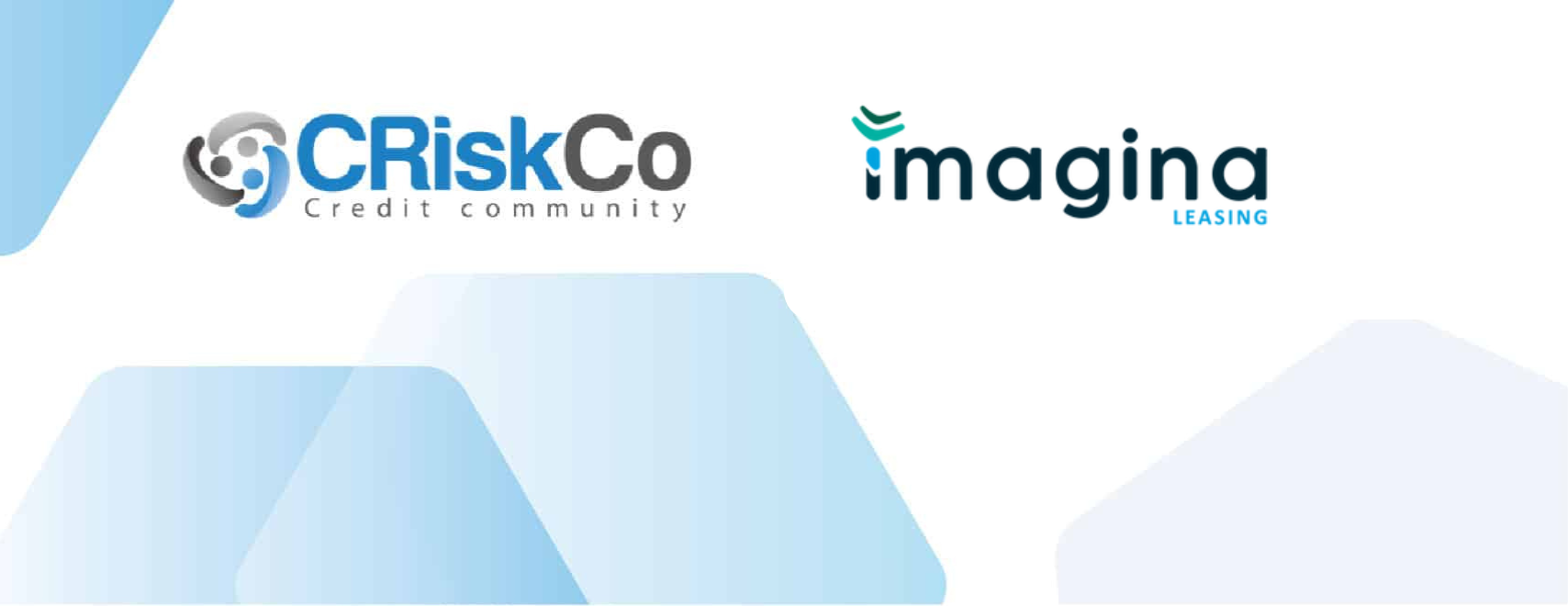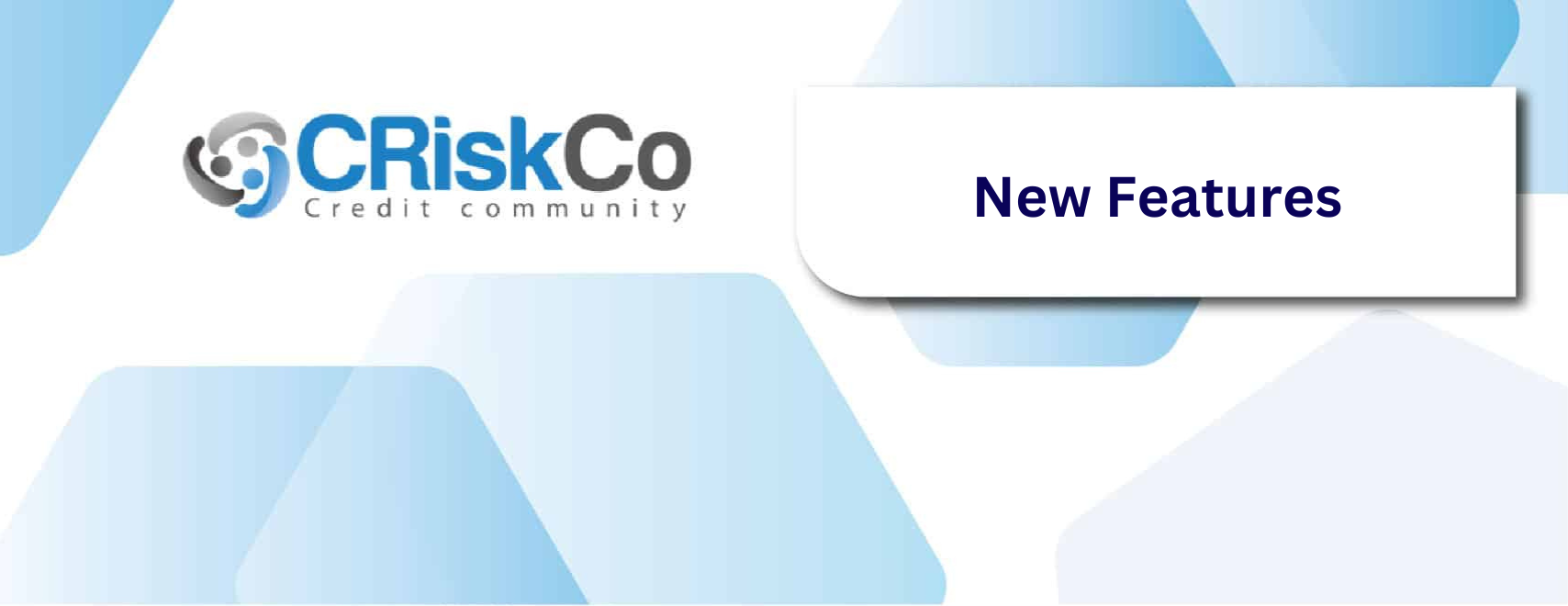- Blog
- May 01
The Importance of the Metrics Dictionary in the Credit Risk Analysis
A solid API for credit risk analysis would normally collect a lot of data, which will need to be analyzed. To do this correctly, you must first understand the significance of the data in order to prevent dealing with customers who may default.
According to Banxico data, the default rate (IMOR) for loans in mexico has been on the rise for SMEs since 2016, with 6.6 percent in this indication, the highest percentage, surpassing delinquency in large enterprises and even consumer credit, until the beginning of 2021.
The IMOR is the cause or foundation of what is known as a past due portfolio, which consists of credits that have not been resolved as agreed for more than 90 days.This is a problem for companies who don’t pay their bills, but it’s also a risk that financial institutions try to avoid.
As a result, it’s critical not to make mistakes while reviewing funding requestors, and part of that precaution is understanding the meanings of the most crucial data that CRiskCo’s API returns, as they function as valuable credit risk indicators.
Credit Risk Assessment: Dictionary of Metrics
So, in order to make the best decision possible based on a thorough credit risk analysis while avoiding common pitfalls, here’s a look at what some of the terms in the metrics dictionary that are most closely related to the aforementioned analysis mean.
Z-score
It is one of the most important measures of credit risk since it can estimate the likelihood of a company defaulting on its payments.
Debt service ratio
Based on earnings, this determines a company’s ability to pay their obligations.
Coverage Ratio
It’s similar to the debt service ratio, except it focuses on a company’s ability to repay a loan’s interest.
Pretax profit margin
It evaluates how much of what is generated is turned into profit before taxes are paid, as the name implies. The company is more profitable with a bigger margin.
Return on Equity (ROE)
The ability of a corporation to repay and grow its capital investment is measured by its return on investment (ROE).
Leverage
This term describes how a company’s debt or capital resources are used to meet its needs. It is high risk if the company’s debt exceeds its equity.
ADD
It calculates the number of days delinquent, the time it takes for a client to pay an invoice, and if there is consistency or volatility; the latter indicates the presence of financial difficulties.
CEI
It refers to a company’s ability to collect accounts from customers efficiently. A CEI of 80% or higher is ideal.
Working capital
Measure current assets vs. current liabilities to know if a company can grow, or has payment problems and the possibility of bankruptcy.
CRiskCo has a dictionary that delves into these and other terms that explain each metric, making credit risk assessment easy. Make the smartest financial decisions by understanding your API.
Related Posts

Case Study: Imagina Leasing’s Improved Credit Decisions
Executive Summary Imagina Leasing, a leader in Mexico’s leasing industry, was on a mission to enhance the precision and security of its credit evaluations. Facing challenges in verifying financial documents and managing risks, they turned…
- Nov 14

Strengthen Risk Management with the New Financial Suppliers Tab
We’re thrilled to unveil an exciting update to our UI! Introducing the “Financial Suppliers” tab, now available on the company reports page and in the SAT information report. Know Your Competition and Past Financing Deals…
- Jul 29
Recent Posts
Subscribe
Join our newsletter and stay up to date!